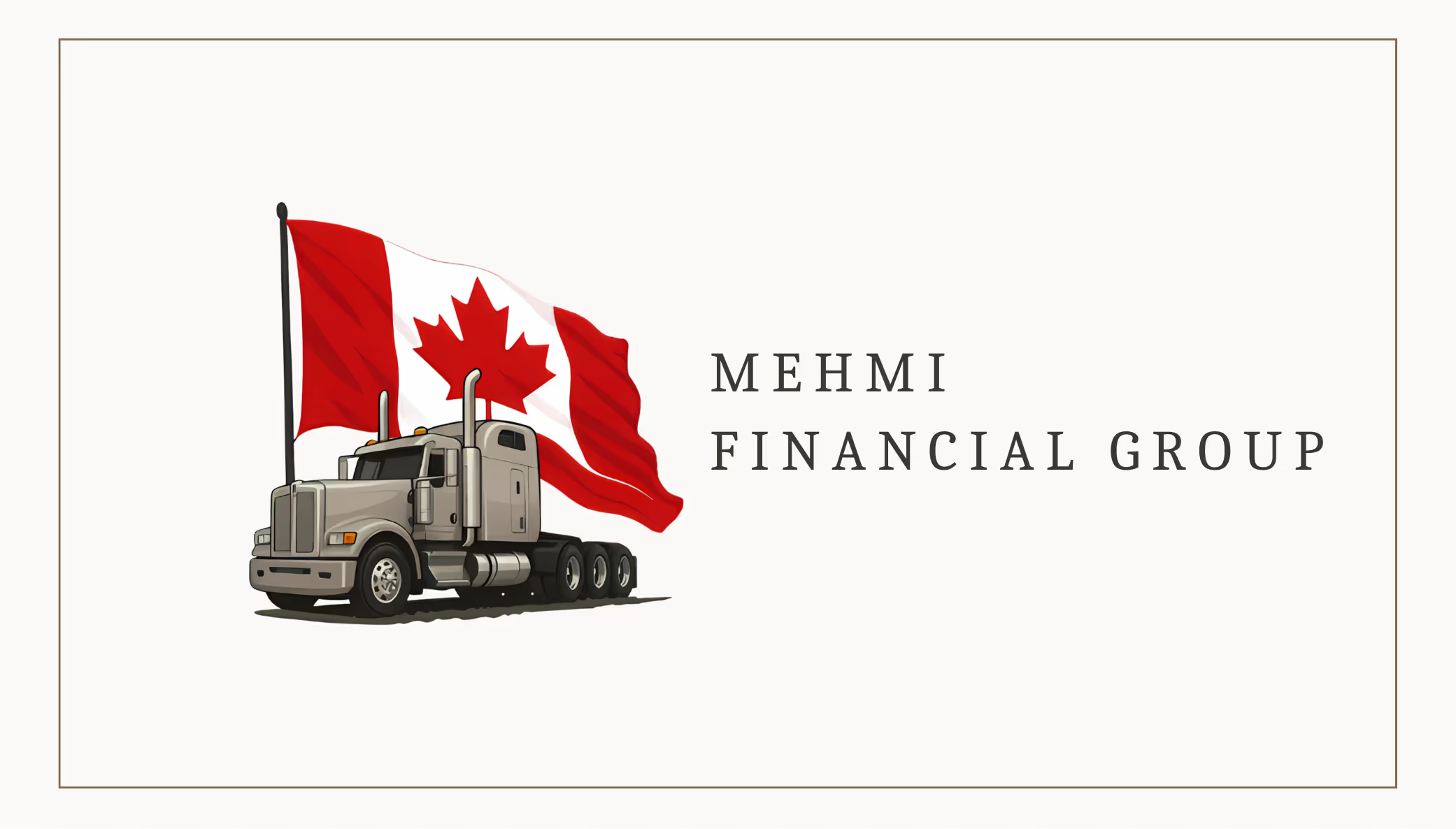HQ: 77 City Centre Dr Suite 501, Mississauga, ON
MON-FRI: 8:00-6:00 PM EST
SAT-SUN: 8:00-4:00 PM EST
MON-FRI: 8:00-6:00 PM EST
SAT-SUN: 8:00-4:00 PM EST
Call/Text Us Today
(437) 777-5901
(437) 777-5901

Understanding truck lease agreements can be overwhelming—especially for owner-operators trying to scale a transportation business across Canada. Lease contracts are full of terms that directly affect your monthly payments, flexibility, and long-term costs. Whether you’re leasing your first truck or looking to expand your fleet, knowing these key terms will help you make smarter financial decisions.
This guide breaks down the most important truck leasing terms Canadian owner-operators need to know—along with expert tips from Mehmi Financial Group, a trusted broker in truck and equipment financing.
For many small businesses and independent truckers, leasing offers a way to get on the road faster with less upfront cash. Leasing often means:
But to fully benefit from leasing, it’s essential to understand what you’re signing up for.
This is the price of the truck being leased, similar to a purchase price. It includes the negotiated value of the truck plus any additional costs (admin fees, warranties, etc.).
Why it matters: The higher the cap cost, the more you’ll pay monthly. Negotiate this figure like you would if you were buying the truck outright.
The residual value is the truck’s estimated worth at the end of the lease term. This number is pre-set by the leasing company and directly affects your lease payments.
Why it matters: A higher residual value = lower monthly payments, but it also means a higher buyout price if you decide to purchase the truck at the end of the lease.
This is the length of your lease agreement, typically measured in months (e.g. 36, 48, or 60 months).
Why it matters: A longer lease term generally reduces your monthly payments—but may lock you into older equipment. Consider your long-term operational needs before choosing.
The amount paid upfront when you sign the lease. Some leases require minimal down payments, while others may require a significant upfront investment.
Why it matters: A lower down payment improves cash flow but may increase your monthly payments. Ask about 0 down lease options if you're cash-strapped.
Many leases allow you to purchase the truck at the end of the term. The buyout price is often the residual value but can be negotiated.
Why it matters: If your goal is ownership, this option gives you flexibility to test the truck before committing long-term.
Most leases set a maximum number of kilometres per year. Exceeding that limit leads to overage charges.
Why it matters: If you drive long distances (e.g., interprovincial or cross-border hauls), you’ll want to negotiate a higher limit or choose a lease with no mileage restrictions.
Your lease will define what’s considered “normal wear and tear.” Anything beyond that could lead to extra charges when the lease ends.
Why it matters: Scratches, tire wear, or cab damage may be penalized unless you keep the truck in good condition or plan to buy it out.
Leases differ on who handles maintenance. Some offer full-service leases that include repairs, oil changes, and inspections. Others leave upkeep to you.
Why it matters: A full-service lease may cost more but reduces surprise maintenance expenses and downtime.
If you need to end your lease early, you may face a cancellation fee—often a lump sum or remaining balance.
Why it matters: Know the cost of breaking the lease. This is important if your contracts are seasonal or unpredictable.
Some lease providers require a refundable deposit to protect against damage, missed payments, or early termination.
Why it matters: Clarify whether your deposit earns interest, when it’s returned, and under what conditions it may be withheld.
Why it matters: Open-end leases offer more flexibility for businesses with high mileage but carry more financial risk.
Mehmi Financial Group works with over 30 Canadian lenders to help truck owner-operators secure the right lease terms, quickly and transparently. We help you:
Need help choosing the best lease structure? Speak to a financing advisor who knows the trucking industry inside out.
Want to lease your next truck with confidence?
Use our payment calculator or speak with a financing expert today.